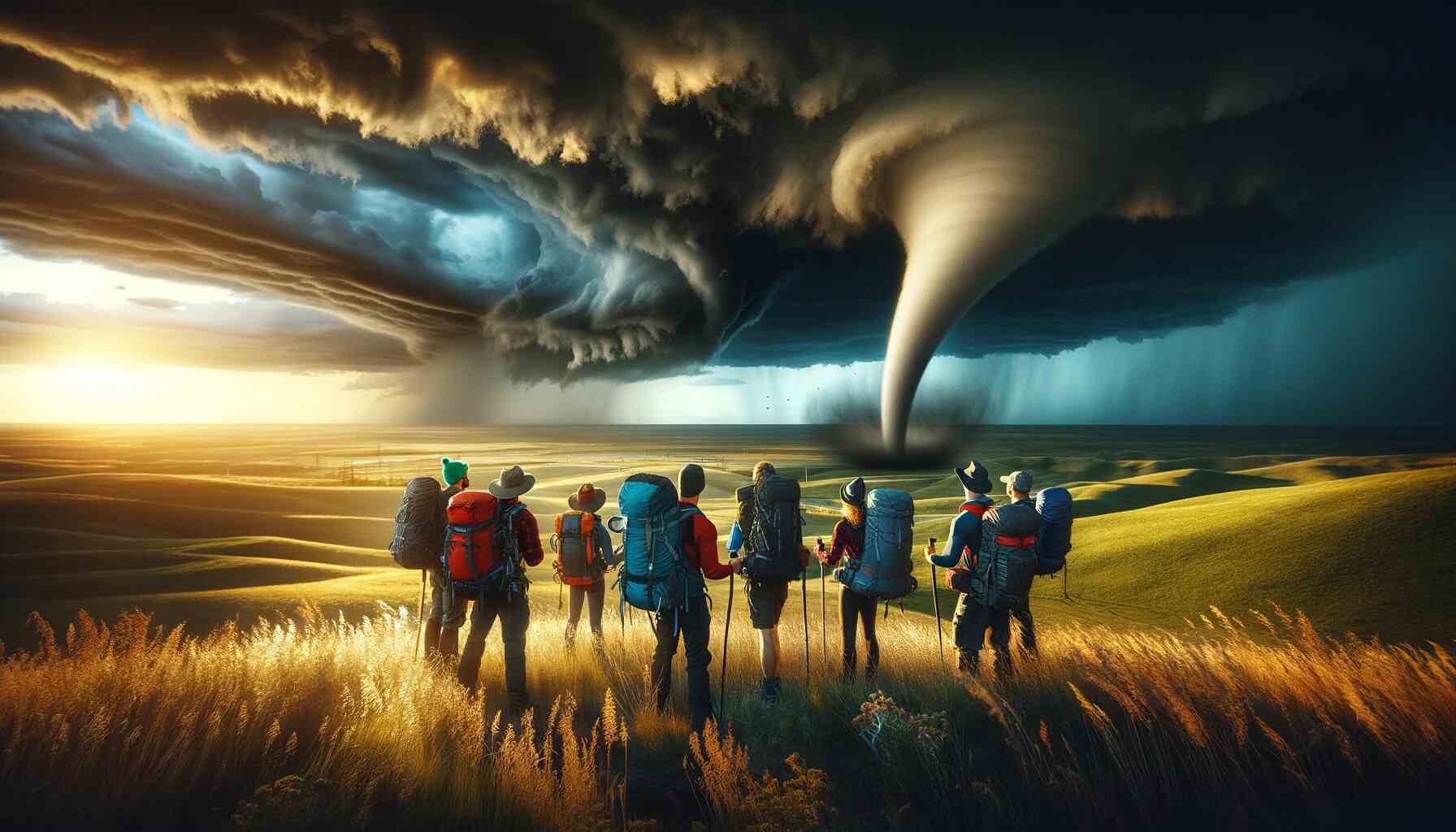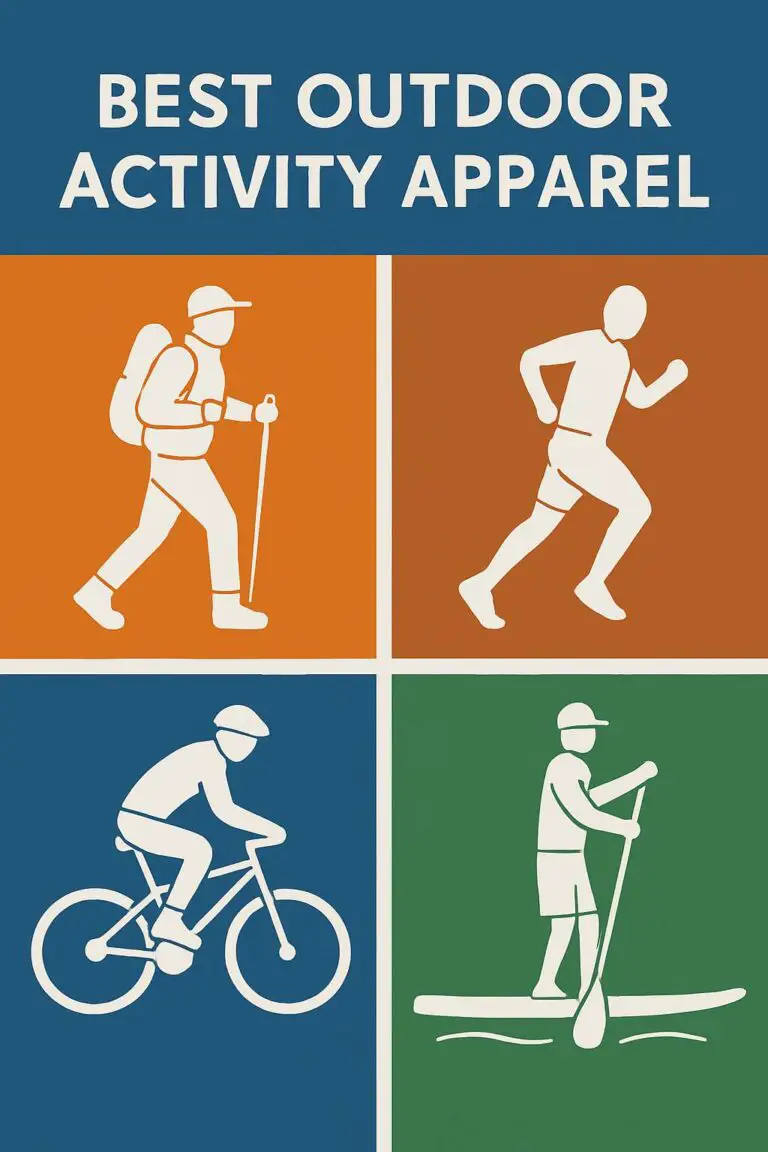Tornadoes, with their immense power and unpredictable nature, can be a real buzzkill when you’re out enjoying the great outdoors. Whether you’re hiking, camping, or just having a picnic, it’s crucial to understand tornado safety, especially if you’re in an area prone to these storms. In this article, we’ll provide you with practical guidance to make sure your outdoor adventures stay safe and enjoyable.
Tornado Watches vs. Warnings: Know the Difference
Let’s clear up some jargon first. It’s essential to distinguish between a tornado watch and a warning. A tornado watch means conditions are ripe for tornadoes, so you need to stay alert. On the other hand, a tornado warning is the real deal – it means a tornado has been spotted or detected by radar, and you should take immediate action to seek shelter.
Bottom Line: Don’t mess around when a tornado warning is issued; it’s time to take cover.
Tornado Trends and Safety Measures
Tornadoes don’t follow a strict schedule or location, which makes understanding their trends and safety measures all the more critical. Thanks to advancements in forecasting and alert systems, we now have better tools to detect them early. Staying updated with these trends and using available technology can be a game-changer.
Recent Happenings (January 2024)
As of January 2024, the United States has already had its share of tornadoes and severe weather events. Let’s look at a couple of recent incidents to emphasize why tornado preparedness is essential:
- Lake Jackson, Texas: The first tornado of 2024 in the United States touched down in Lake Jackson, Texas. It was classified as an EF-0 on the Enhanced Fujita Scale, causing minor structural damage to homes and downing trees and power lines. Fortunately, no one was hurt.
- Tampa Bay, Florida: A severe weather system hit the area, bringing gusty winds, with some places experiencing wind gusts of up to 53 mph. Meteorologists warned of possible isolated tornadoes and coastal flooding due to the storm system.
Key Takeaway: Staying informed about recent tornado occurrences can help you understand local risks and patterns.
Current Weather Alert (January 2024)
To make our guide even more relevant, let’s talk about what’s happening right now (January 9, 2024) the United States is facing a variety of extreme weather events:
- Southern and Eastern U.S.: A powerful system is moving through these regions, bringing severe weather and flooding rain to the Southeast. This includes damage from a suspected tornado near Panama City, Florida, and a whopping 106-mph wind gust in Santa Rosa Beach, Florida.
- Midwest: The Midwest is battling a blizzard with high winds and heavy snowfall.
- Northeast: Over in the Northeast, power outages are looming due to high winds and heavy rainfall, raising concerns of flooding.
These diverse weather conditions across the U.S. underscore the importance of being prepared for all sorts of severe weather, including tornadoes. When planning your outdoor activities, staying informed about current weather conditions is the key to a safe and enjoyable experience.
Key Takeaway: Keep an eye on the latest weather updates and adjust your outdoor plans accordingly for a safe and fun time outdoors.
Creating an Emergency Plan for Your Outdoor Adventures
Whether you’re at home, work, or enjoying the great outdoors, having a flexible emergency plan is a must. Regularly practicing and reviewing this plan ensures a quick and effective response when a tornado emergency strikes. Both employers and families should prioritize these drills to boost preparedness.
Key Takeaway: Regular practice could be a lifesaver during a tornado; make it a part of your routine.
Tech Tools for Tornado Preparedness
We live in a digital age, and technology has your back when it comes to tornado safety. NOAA Weather Radio, weather apps, and emergency alert systems provide real-time weather updates and warnings – a goldmine of information for outdoor enthusiasts.
Key Takeaway: Let your smartphone be your tornado buddy; it’ll keep you informed and safe when you’re outdoors.
Spotting Tornado Warning Signs
Knowing the signs of an approaching tornado is like having a superpower. When you see darkening skies, large hail, or hear a roar like a freight train, it’s your cue to take immediate action. Being aware of these signs can be the difference between a safe escape and a close call.
Key Takeaway: Keep your senses sharp and your eyes peeled for tornado warning signs when you’re out and about.
Finding the Safest Shelter
In the tornado safety playbook, there’s one golden rule: avoid the wind and flying debris. The safest places are basements or interior rooms on the lowest floor of a sturdy building, away from windows. If you’re caught outside, find a substantial structure or hunker down in a ditch or low-lying area, covering your head for protection.
Key Takeaway: When it comes to tornado safety, finding shelter is your top priority when you’re outdoors.
Safety Tips Tailored for Specific Outdoor Scenarios
Outdoor workers, hikers, and sports enthusiasts need to have a plan specifically designed for tornado encounters. This means knowing the closest safe spots, carrying a portable weather radio, and having a way to receive emergency alerts. In these situations, communication and quick decision-making are your best allies.
Key Takeaway: Customize your tornado safety plan to match your outdoor activities.
Conclusion
Tornado safety should always be a top priority when you’re out enjoying nature, especially in tornado-prone areas. By staying informed, planning ahead, and knowing the best safety practices, you can significantly reduce the risks associated with tornadoes.
Where to Find More Info: For in-depth information and additional resources on tornado safety, consider visiting websites like the American Meteorological Society, National Weather Service, and CDC. They offer extensive guidance and educational materials to help you stay safe in the great outdoors.
Here is another must-read article: Tailgate Like a Pro: The Ultimate Guide to NFL-Themed Outdoor Gear




